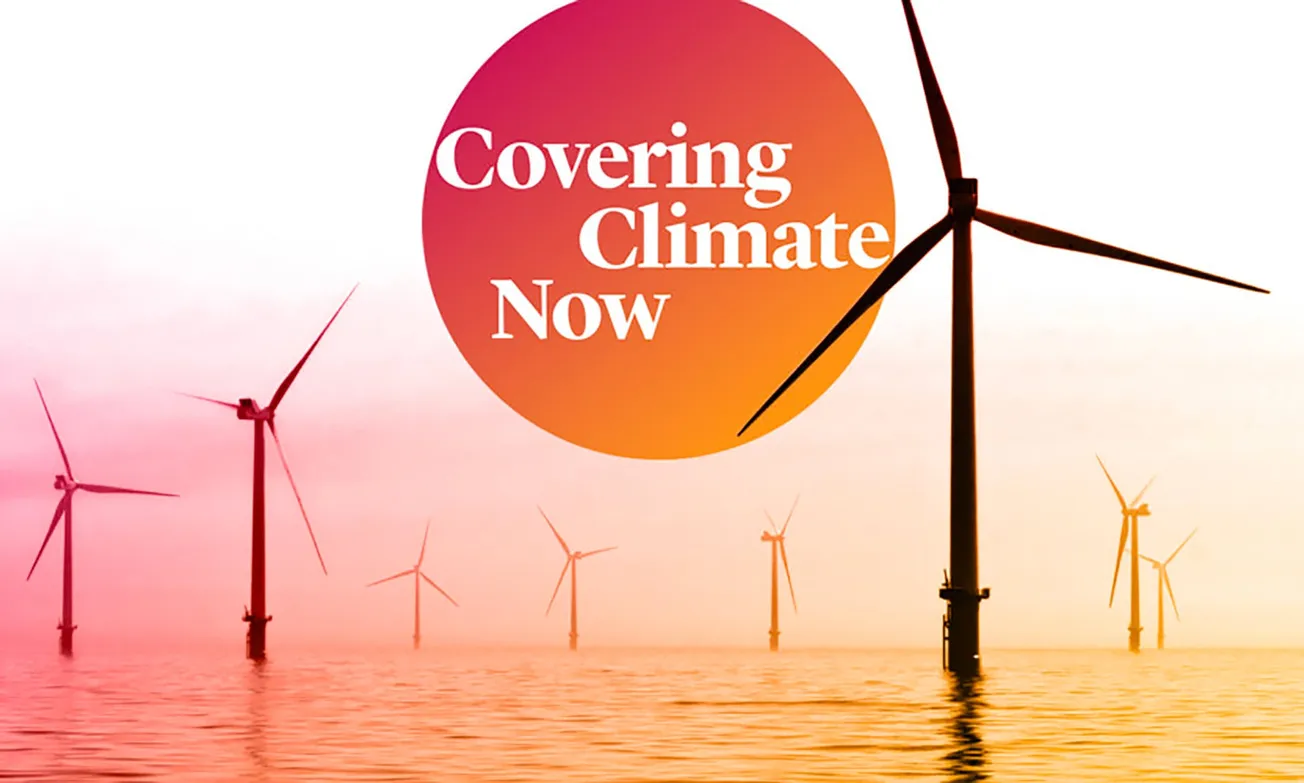There is another climate jolly in the wings. All the movers and shakers need to urgently fly to New York for a talkfest at the UN Climate Action Summit. Also, there are the climate activists and school children who are going to bunk off school for a climate strike later this month.
Something needs to be done to get the word out so more than 250 newsrooms representing 32 countries – with a combined monthly reach of more than a billion people – have signed on to a pledge to produce climate panic stories to strengthen media coverage of the climate crisis. (As if it wasn’t bad enough already.)
Stuff and TVNZ RNZ, Newshub, NZ Herald, Newsroom etc (all the usual suspects) are leading the charge here in New Zealand.
The whole initiative was founded earlier this year by Columbia Journalism Review and the Nation because they felt there was an urgent need for stronger climate coverage.
The Covering Climate Now partners have pledged to increase the volume and visibility of their climate coverage in the first large-scale collaboration of the partnership.
“First large-scale collaboration”? Yeah, right. They have all been singing from the same song-sheet for years.
One good thing is that by printing a list of “collaborators” (sounds like those in France who helped the Jerries), they have given us a handy guide of outlets to ignore it you want any climate truth.
- TV networks (CBS News, Al Jazeera)
- Newspapers (El País, the Toronto Star)
- Digital players (BuzzFeed, HuffPost, Vox)
- Wire services (Getty Images, Bloomberg)
- Magazines (Nature, Scientific American)
- Dozens of podcasts, local publishers, radio and TV stations.
The Guardian has long made climate coverage a top news priority, keeping the story on its front page daily. Earlier this year, The Guardian updated its style guide to introduce new terms that more accurately describe the environmental crises facing the world. The Guardian now favoUrs the terms “climate crisis” and “climate emergency” over “climate change.”
“We want to ensure that we are being scientifically precise, while also communicating clearly with readers on this very important issue,” said the editor-in-chief, Katharine Viner. “The phrase ‘climate change’, for example, sounds rather passive and gentle when what scientists are talking about is a catastrophe for humanity.”
The Guardian also began putting global CO2 levels in the daily weather forecast in its print publication earlier this year.
“At a time when civilization is accelerating toward disaster, climate silence continues to reign across the bulk of the US news media,” [organisers] wrote. “Especially on television, where most Americans still get their news, the brutal demands of ratings and money work against adequate coverage of the biggest story of our time.”
Guardian










